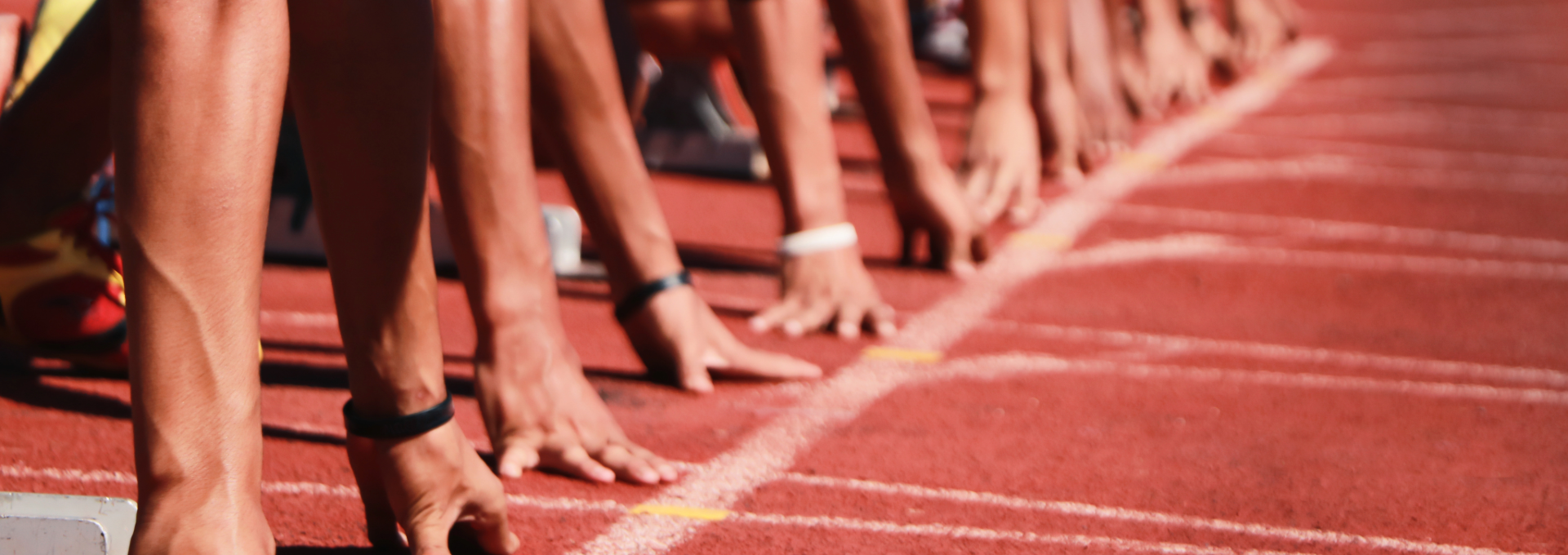
HF and Miller recently hosted a round table discussion to drive forward the increasing imperative for stakeholders across the sports industry to bring a greater focus to welfare in sport.
The wide-ranging discussion involved senior individuals representing organisations involved in all aspects of ensuring thriving sports communities and protecting athletes.
The increase in high profile welfare concerns and litigation over recent years is the tip of the iceberg and HF and Miller aim to use their knowledge and expertise to help navigate the way forward for all those responsible for, or interested in, athlete welfare – particularly international federations, national governing bodies (NGBs), sports clubs and their insurers and reinsurers.
Key topics and areas of concern discussed included mental health support, specific welfare issues for female athletes, supporting victims of safeguarding issues, technology and innovations, and the insurance market.
Crucially, the primary output from the discussion included opportunities for action from sporting organisations and the insurance industry – look out for more insight from HF and Miller on these topics during 2025:
- Cross-sport collaboration – There are untapped opportunities for shared learning, and pooling expertise and resources between governing bodies in order to raise welfare protections across the board.
- The role of insurance and insurers – Opportunities exist for inventive insurers to offer fresh and innovative products that provide enhanced coverage for the newest trends. Insurers could also play a part in facilitating cross-sport collaboration and enforcing minimum standards.
- Widening safeguarding risks – Safeguarding risks are widening over time, with mental health protection, physical / online abuse and female athlete protection now being front and centre, alongside the usual risks of physical injury. Investment in training, robust procedures and technology must keep in line with the changing risk profile of sports.
- Protection at grassroots level –The focus is often on elite sport, and investment in sport tends to come top-down. However, athlete welfare needs to be protected at all levels of sport.
- Private sector support – With the private sector taking the lead in protective equipment and technology, a joined-up approach with international federations and NGBs is needed to shape the direction of investment, and to protect against prohibitive pricing.
Discussion topics overview
Mental health support
The importance of mental health support has been brought to the fore in recent years by high profile athletes such as Simone Biles, Naomi Osaka and Lewis Hamilton all speaking out about mental health struggles. Athlete mental health is a growing concern, not only due to the ever-increasing pressure of the professional sports world, but also due to the added threat of online abuse via social media.
Despite increasing needs and demands, it is evident that mental health support is lacking across the industry. This can lead to a range of issues, such as untrained staff and coaches finding themselves responsible for identifying and supporting athletes that are struggling or mental health issues going unnoticed and untreated. Investment is required in respect of mental health support training and awareness, and confidential helplines and counselling services for use by athletes during their career and retirement
Welfare for female athletes
As women’s sport becomes more popular, the spotlight is increasingly on the welfare protections in place for female athletes. The prevalence of ACL injuries in women’s football has publicised this issue, and many of the suggested contributory factors, such as football boots not being designed for female anatomies and female footballers generally having access to strength and conditioning training at a later age, suggest a disparity between the men’s and women’s game in welfare investment. Although the general narrative suggests that improvements are being made over time, there are still widespread reports of women’s teams having only limited access to training and recovery facilities.
Beyond this, there are reports across sports of limited employment protections being afforded to female athletes, as many are on low salaries and have minimal protections in respect of maternity leave and sick pay. This can lead to players requiring second jobs whilst managing family commitments alongside their sporting role, introducing another layer of physical and mental strain. Greater protection is required to address the asymmetry of power between athletes and clubs, in order to recalibrate the contractual negotiation process and generally improve standards across the board.
A concern was also raised in respect of undesirable ‘fans’ who have been banned from attending men’s sports event, redirecting their attention to women’s sports. This is not only a welfare risk, but threatens to jeopardise the inclusive and family friendly culture of women’s sport events (a significant selling point as women’s sports grow in popularity). Investment in match-day security and online abuse controls is needed to protect both fans and players.
Supporting victims of safeguarding issues
Following the systemic issues uncovered in gymnastics in recent years, safeguarding in sport has become a top priority for many governing bodies. However, effecting significant cultural and procedural change is not a quick or easy process.
Improving safeguarding is a multi-faceted issue which will look different across sports and organisations, but some key themes emerged regarding best practice:
- It is important to ensure the confidentiality of reporting processes, so victims and whistleblowers are empowered to speak out.
- Training and education should be in place so relevant staff members know how to spot safeguarding concerns. Coaching accreditation schemes can help with implementing minimum standards.
- Clear policies are required for staff, victims and whistleblowers to follow when concerns are raised.
- Risks should be properly assessed, and appropriate risk management measures put in place.
Technology and innovations
The use of technology and products to protect athlete welfare has developed over time. Kit and equipment used to protect the physical welfare of players is constantly advancing, eg a neck guard was added to cricket helmets as standard following the death of Australian Batsman Phillip Hughes in 2014, and the Halo device was introduced to Formula 1 in 2018 to protect against head injuries.
As technology progresses, the range of solutions widens. Smart mouthguards used in rugby can identify high acceleration impacts so players can be removed before a serious concussion incident occurs. The same technology has been adopted across a number of sports to enhance the athletes’ safety and to help detect high impact collisions. Tech products have also been developed to block online abuse and identify the sender.
The impact of these advances is, however, limited. The cost can be prohibitive at both grassroots and top levels depending on the spending power within the particular sport. The key aim must therefore be to identify ways to de-commoditise products which improve welfare protections in order to improve access. This is an area offering the opportunity for collaboration between private sector developers and the international federations and governing bodies.
The insurance market
The increase in high-profile litigation in recent years, including group actions relating to head injury risks in football and rugby and serious safeguarding and abuse scandals in gymnastics, has reduced the appetite of some insurers to cover sporting risks. As a general rule, decreased capacity coupled with heightened claims activity and risk exposure can increase premiums, potentially making the cost of liability insurance expensive or prohibitive for governing bodies and clubs.
That being said, there are insurers in the market who remain supportive of the benefits that sport brings to society, and who are keen to support the future of sport. Insurers who remain in the market have the opportunity to develop new products which match the changing risk landscape of sport. For example, Miller has designed a bespoke disability product specifically for women in football. As the first insurance of its kind, it serves as a clear demonstration of Miller’s dedication to address the distinct needs of female footballers. This is a promising start, with further developments still called for particularly in PA policies aimed at female athletes in other sports and, more broadly, income protection products which provide an indemnity during career breaks (eg mental health breaks) and cyber security products which provide access to protections against online abuse.
Article authored by Imogen Mitchell-Webb (HF), Arthur Fane (Miller), Kate Montagu (Miller)
You may also like

The Development of Occupiers’ Liability in Ireland – Good News for Sporting Organisations and their Insurers
Like all owners and occupiers of domestic and commercial property, those operating in the sports and leisure industries have obligations...





